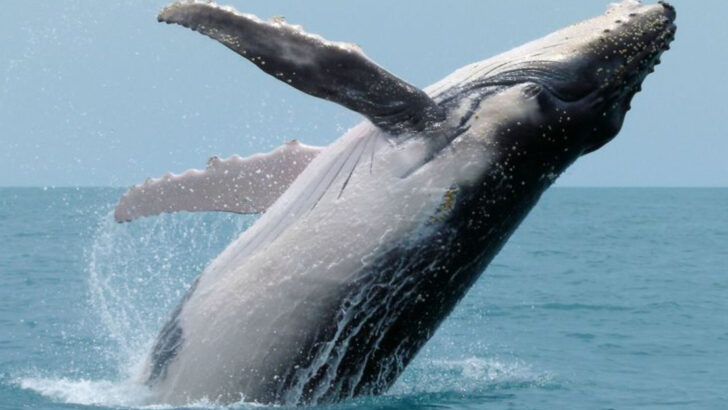The wild is alive with secrets that only reveal themselves at certain times of the year.
From the fluttering of monarch butterflies migrating across the skies to the thunderous call of elk during rutting season, the changing seasons bring a whole new world of wildlife to explore.
These animals are nature’s true show-stoppers, making appearances when you least expect them and leaving unforgettable impressions.
Join us as we uncover 18 incredible creatures that make their mark during specific seasons in the U.S. Whether you’re an avid wildlife observer or a curious traveler, these animals offer a magical glimpse into nature’s seasonal rhythms.
Monarch Butterfly
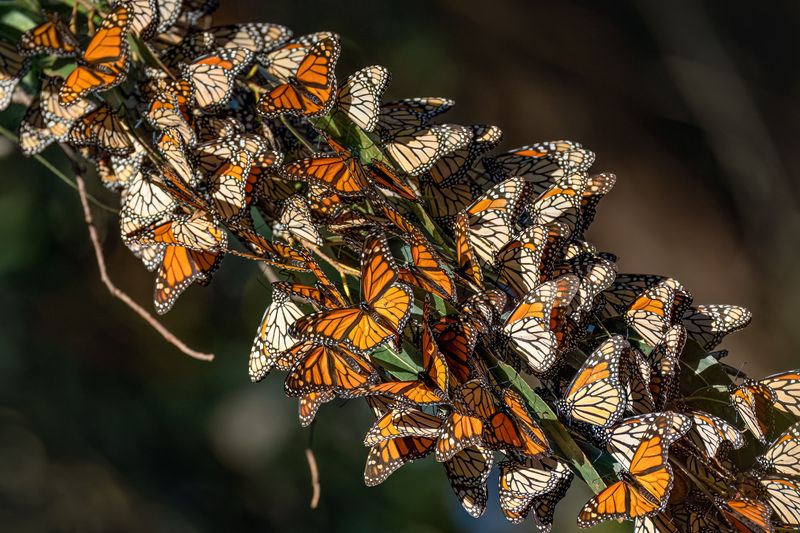
Monarch butterflies are iconic seasonal visitors, embarking on an epic migration each spring. These vibrant orange and black beauties travel thousands of miles from Mexico to the United States.
Their journey is one of nature’s most incredible spectacles. During spring, they can be seen resting on milkweed plants in gardens and fields. It’s a sight that brings joy to many.
Did you know? Monarchs use the sun as a compass to navigate their way northwards. Their delicate wings flutter in the breeze, creating a mesmerizing dance of color in the sky.
Elk
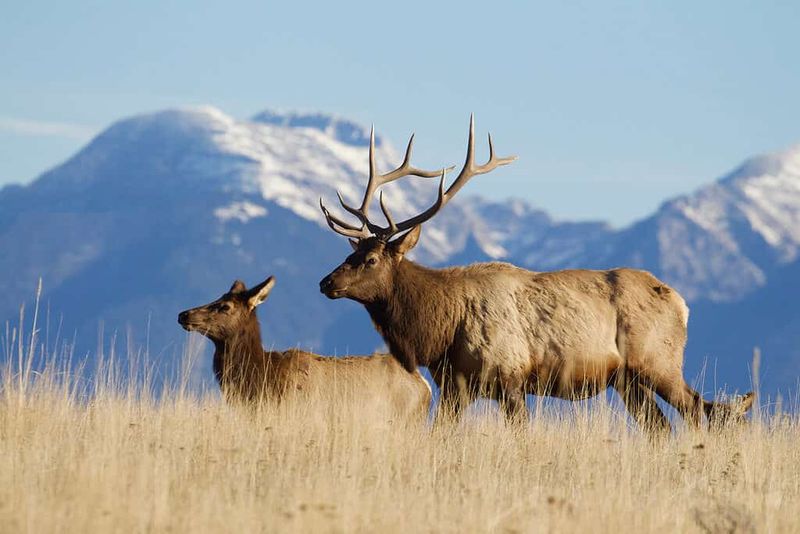
In autumn, the forests and meadows come alive with the bugling calls of elk. These majestic creatures gather during the rutting season, a time when males showcase their impressive antlers.
The elk’s haunting calls echo through the forest, signaling a time of courtship and competition. It’s a dramatic display of strength and beauty.
Fun fact: Elk are known to migrate between different elevations to find food throughout the seasons. Observing them during rutting season offers a glimpse into their fascinating social dynamics and the beauty of nature’s cycles.
Snowy Owl
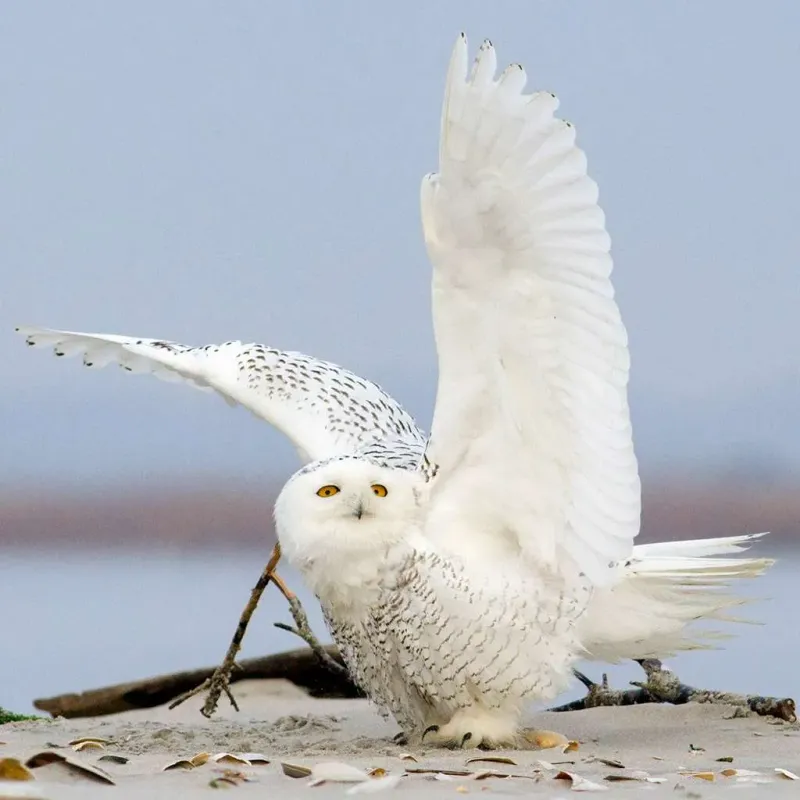
The snowy owl, with its striking white plumage, is a captivating sight during the winter months. These enigmatic birds migrate south from the Arctic to spend the winter in the northern U.S.
Their piercing yellow eyes and silent flight make them expert hunters of the frozen landscapes. Spotting one feels like finding a fleeting treasure.
Interesting tidbit: Snowy owls are known for their nomadic behavior, following the availability of prey. Their presence adds a magical touch to the stark winter scenery, capturing the imagination of birdwatchers and nature lovers alike.
Salmon
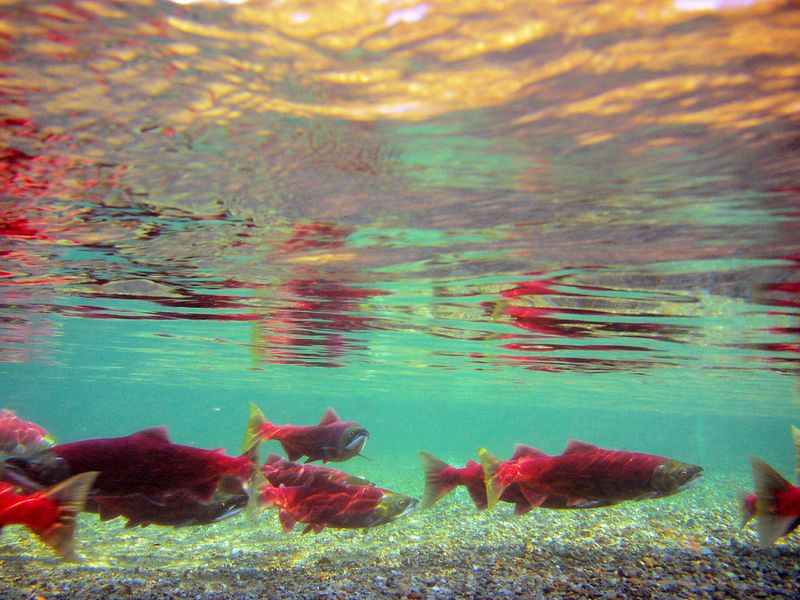
The spring spawning season is a time of great determination for salmon. These fish undertake a perilous journey upstream to reach their breeding grounds.
Watching salmon leap through rivers is a testament to their strength and resilience. It’s an awe-inspiring spectacle that attracts wildlife enthusiasts.
Did you know? Salmon return to the exact spot where they were born to spawn. This incredible homing instinct guides them through turbulent waters, making their journey one of nature’s most remarkable mysteries.
Sandhill Crane

Every spring, the skies fill with the graceful silhouettes of sandhill cranes. These birds, known for their distinctive calls, migrate in large flocks to breeding grounds.
Their synchronized flight and elegant formations create a mesmerizing aerial ballet. It’s a natural spectacle that signals the arrival of spring.
Fun fact: Sandhill cranes are among the oldest living bird species, dating back millions of years. Their migration is not only a journey of survival but also a connection to the ancient rhythms of nature.
Grizzly Bear
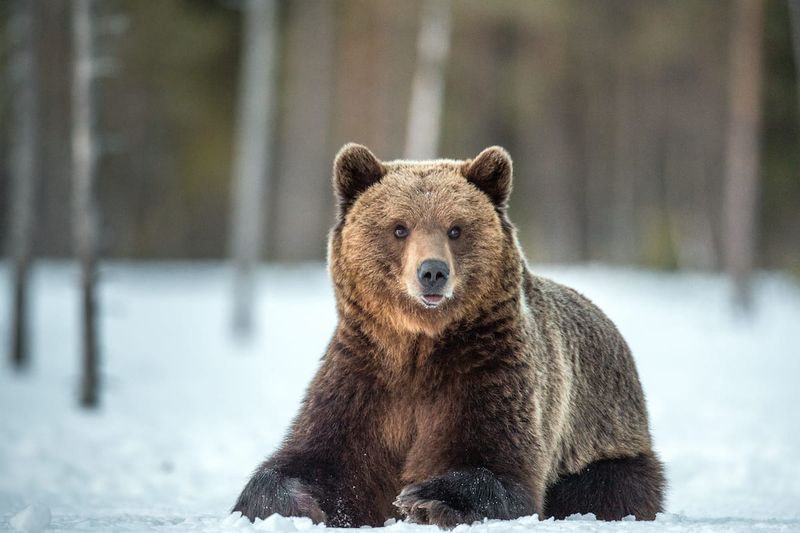
Summer brings the mighty grizzly bears out of hibernation, ready to feast on abundant salmon and berries. These formidable predators roam the forests and rivers of the northwest.
Watching a grizzly catch fish is a thrilling experience, showcasing their sheer power and agility. It’s a captivating display of nature’s raw strength.
Interesting fact: Grizzly bears have a hump of muscle on their back, giving them immense digging power. Their summer activities play a crucial role in the ecosystem, influencing the distribution of nutrients and seeds.
American Woodcock
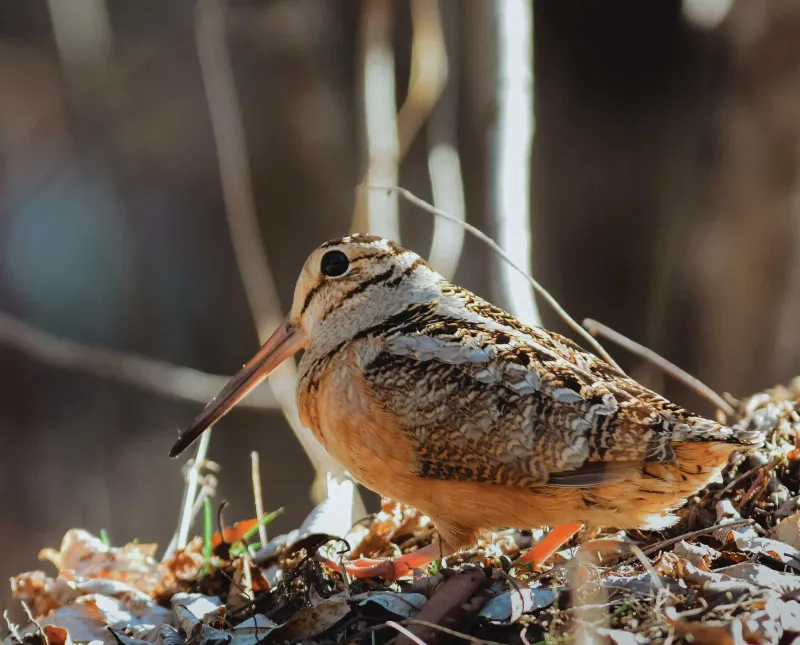
The American woodcock’s courtship display is a magical spring event. These elusive birds perform a mesmerizing aerial dance to attract mates.
As dusk falls, their distinctive “peent” calls fill the air. The male’s display includes spiraling flights and melodious chirps.
Did you know? The woodcock’s eyes are positioned to provide 360-degree vision, helping them detect predators. Observing their courtship is a captivating glimpse into the wonders of avian behavior and the beauty of seasonal rituals.
Humpback Whale
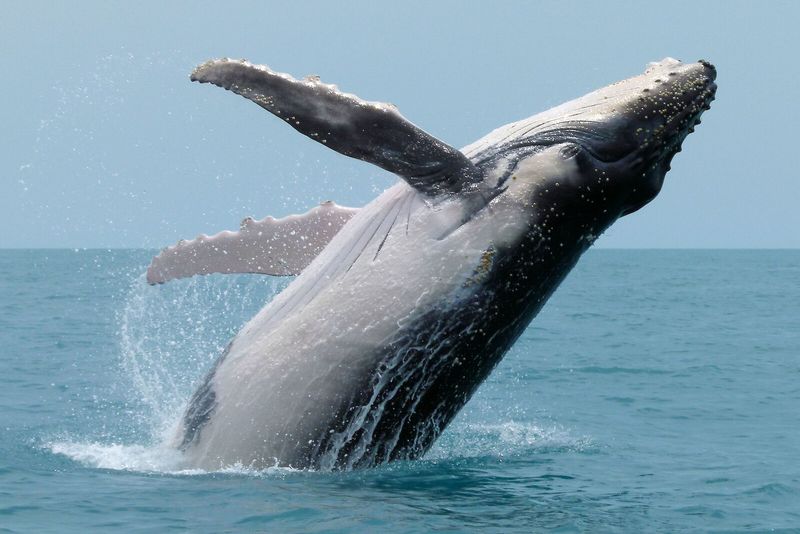
Summer along the U.S. coastline brings the breathtaking sight of humpback whales breaching. These gentle giants migrate to feed in nutrient-rich waters.
Their acrobatic displays, including tail slaps and leaps, captivate onlookers. Whale-watching tours offer a chance to witness this marine spectacle.
Fun fact: Humpback whales are known for their haunting songs, which can be heard miles away. Their presence highlights the rich biodiversity of the ocean and the importance of preserving these habitats for future generations.
Caribou
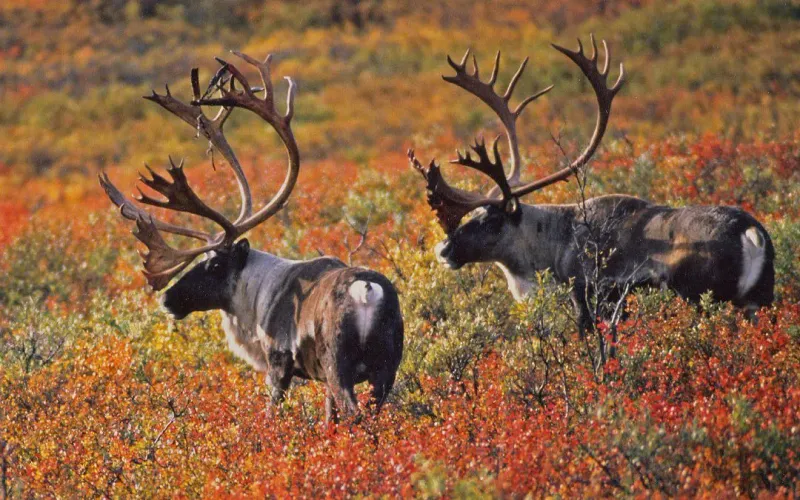
In the fall, vast herds of caribou migrate across the tundra, a remarkable journey guided by ancient instincts. These migrations are among the largest of any land animal.
The sight of caribou moving in unison is awe-inspiring. Their antlers silhouetted against the sky create a striking image.
Did you know? Caribou have specialized hooves that adapt to the changing seasons, providing traction on snow and soft ground. Their migration is a testament to the endurance and adaptability of wildlife in harsh environments.
American Alligator
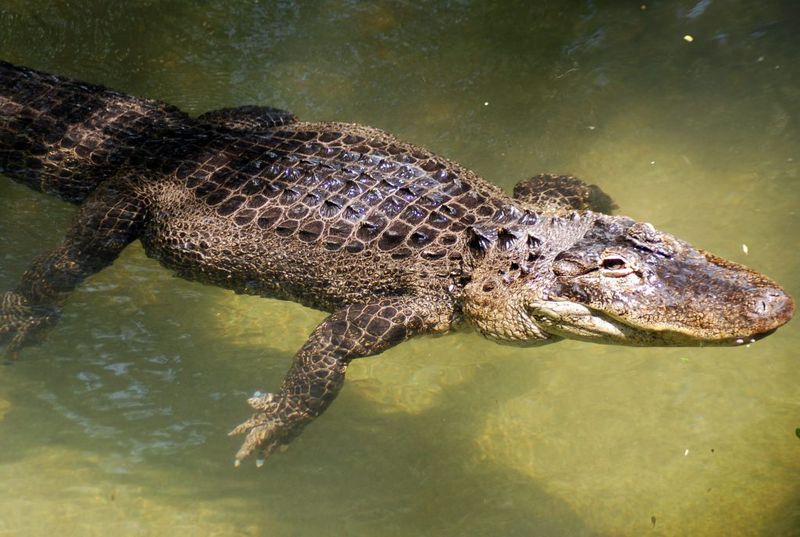
Summer’s heat brings American alligators out to bask along riverbanks and wetlands. These ancient reptiles thrive in the warm southern states.
Their powerful jaws and sleek bodies make them formidable predators. Observing them from a safe distance is a thrilling encounter with one of nature’s survivors.
Fun fact: Alligators can regulate their body temperature by basking in the sun or cooling off in the water. Their ability to adapt to different environments ensures their survival in diverse habitats across the U.S.
Bald Eagle
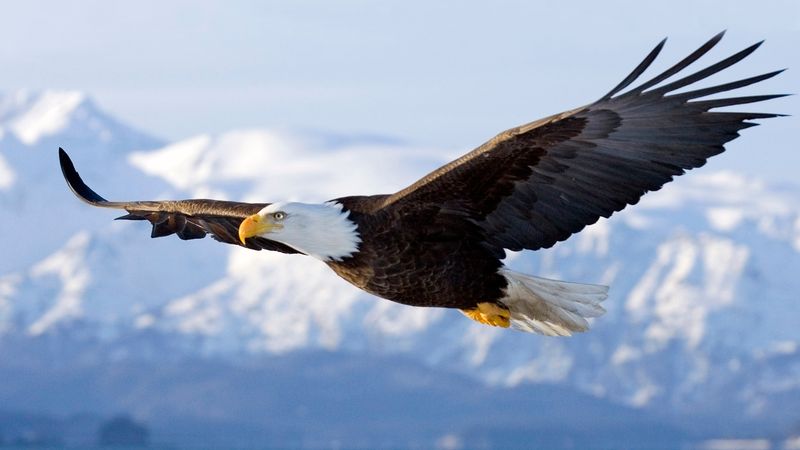
The winter months see bald eagles congregating near open water to hunt for fish. These majestic birds are a symbol of freedom and strength.
Their impressive wingspan and striking white head make them unmistakable in the sky. Spotting a bald eagle is an exhilarating experience.
Did you know? The bald eagle was removed from the endangered species list in 2007. Their recovery is a success story of conservation efforts, ensuring that future generations can witness their grandeur firsthand.
Pronghorn
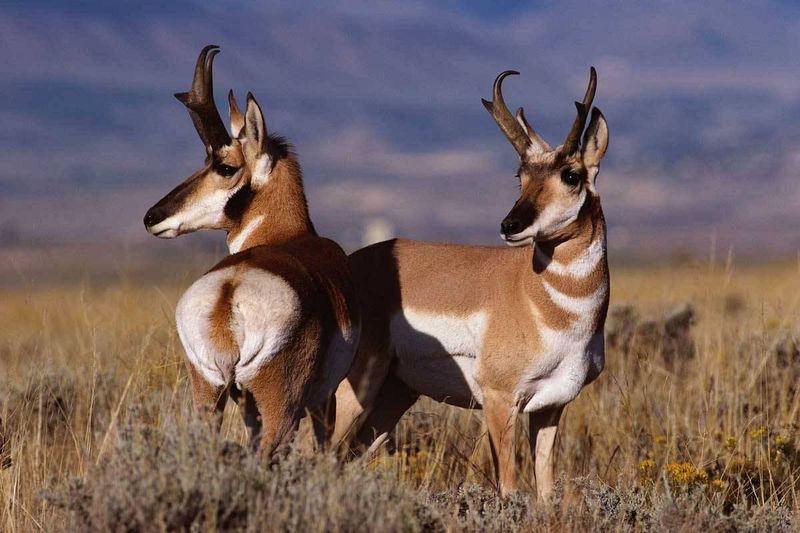
Springtime on the plains is marked by the swift pronghorns as they graze and play. Known for their incredible speed, these animals can outrun many predators.
Their graceful movements and keen eyesight are perfectly adapted to the open landscapes. Watching them is a delight for nature lovers.
Fun fact: Pronghorns are the fastest land mammals in North America, capable of reaching speeds up to 60 mph. Their agility and endurance make them fascinating subjects of study and admiration.
Grey Whale
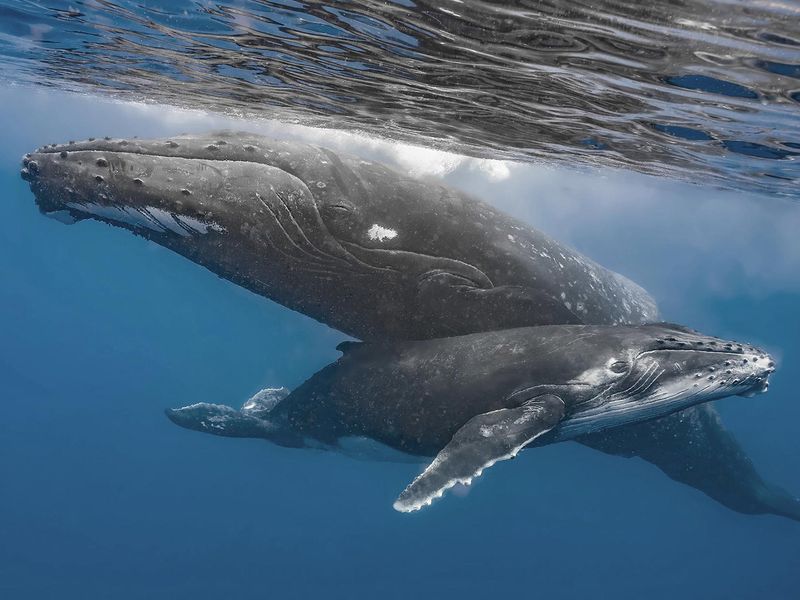
The spring migration of grey whales is a remarkable journey spanning thousands of miles. These marine mammals travel from Mexico to the Arctic.
Their graceful movements and spouts of water create a captivating sea show. Coastal viewpoints offer a chance to witness this seasonal passage.
Did you know? Grey whales have baleen plates instead of teeth, filtering small organisms from the water. Their long migrations highlight the intricate connections within the ocean ecosystem and the wonders of marine life.
Red Fox
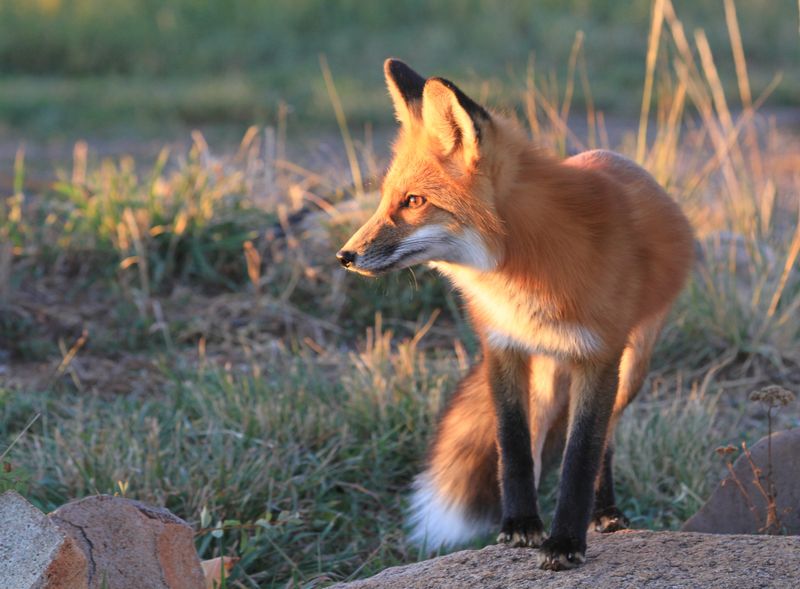
Winter forests host the elusive red fox, known for its cunning and adaptability. These mammals thrive in diverse habitats, from urban areas to wilderness.
Their thick fur and agile movements make them skilled hunters in snow-covered landscapes. Spotting a red fox is a rewarding experience for wildlife enthusiasts.
Interesting tidbit: Red foxes communicate using a range of vocalizations and body language. Their presence adds a touch of mystery and vibrancy to the winter woods, embodying the spirit of the untamed wilderness.
Firefly
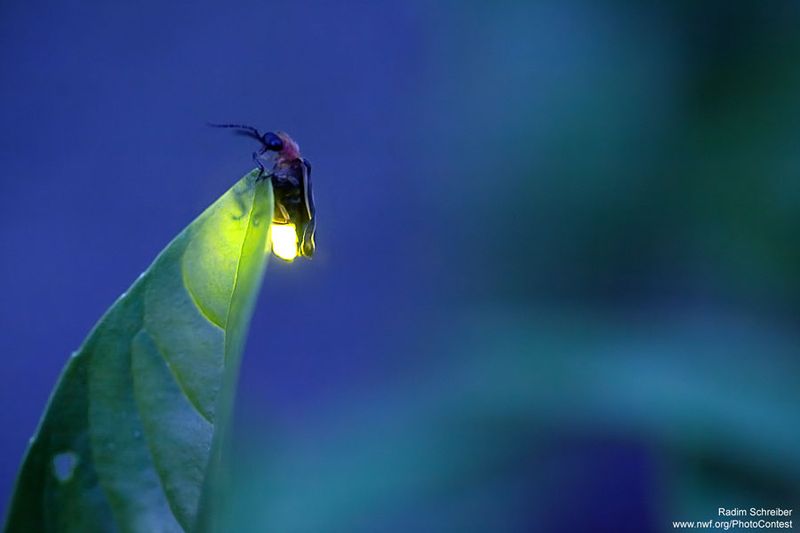
Summer nights come alive with the twinkling lights of fireflies, creating a magical spectacle. These insects are known for their bioluminescent glow.
Their gentle flickering lights dance through meadows and forests, enchanting those who take the time to watch. It’s a fleeting beauty of summertime.
Fun fact: Fireflies use their glow to attract mates and communicate. Their presence is a reminder of the delicate balance of nature and the wonders that unfold when day turns to night.
Wild Turkey
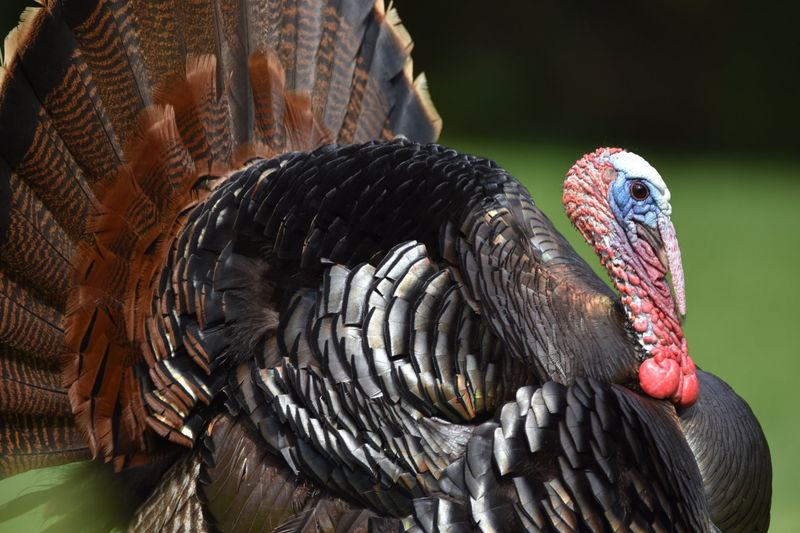
The autumn woods echo with the calls of wild turkeys. These birds, with their distinctive fan-shaped tails, are a common sight during the fall.
Their gobbles and struts create a lively atmosphere in the forest. Observing them offers a glimpse into the rich tapestry of woodland life.
Did you know? Wild turkeys were once nearly extinct but have made a strong comeback thanks to conservation efforts. Their revival is a testament to the power of nature and human dedication to preserving wildlife.
Moose
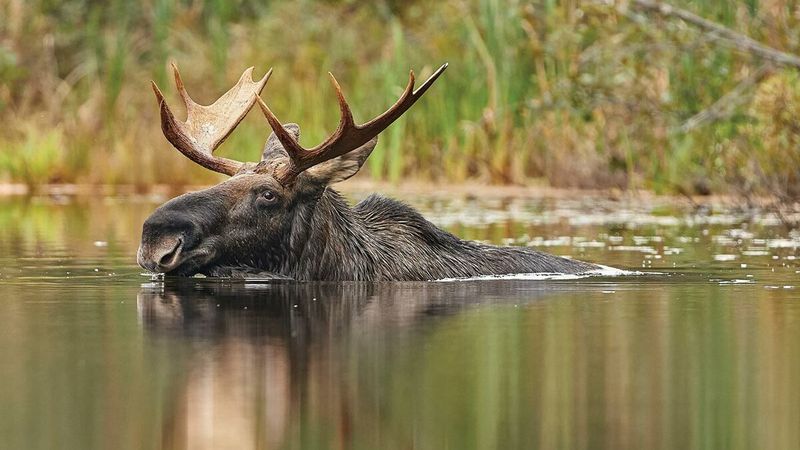
In spring, moose emerge from the forests to graze in marshy areas. These massive creatures are known for their impressive antlers and solitary nature.
Their slow, deliberate movements and watchful eyes speak of a life attuned to the rhythms of the wilderness. Encountering a moose is a moment of awe.
Interesting fact: Moose can dive underwater to feed on aquatic plants. Their adaptability showcases the intricate interconnections within their habitat and the seasonal cycles that sustain them.
Pacific Leatherback Turtle
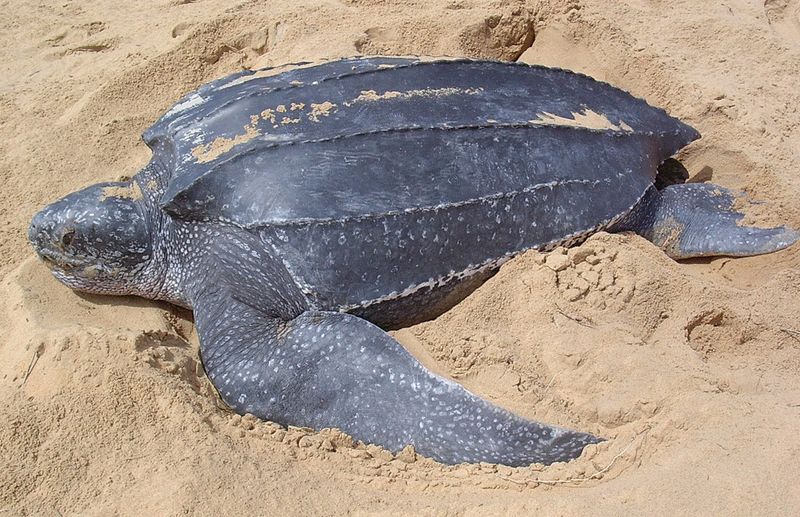
The Pacific Leatherback Turtle, a gentle giant of the sea, makes its grand appearance on the Californian coast from late summer to fall. Known for its immense size and unique ridged shell, this turtle captivates with its slow, deliberate movements. During these months, they come ashore to lay eggs, continuing a cycle that has persisted for centuries.
The sight of them nesting is both humbling and awe-inspiring. As they dig nests in the sand, they lay dozens of eggs, leaving nature to take its course. Conservation efforts have increased, as these creatures are considered endangered.
These turtles have a remarkable navigational ability, traveling thousands of miles across the Pacific to reach their breeding grounds. It’s a journey fraught with danger, yet they persevere with quiet determination.

